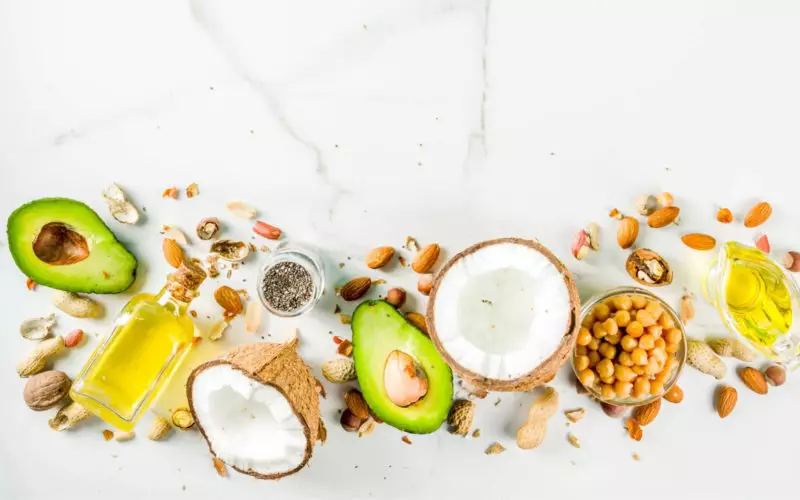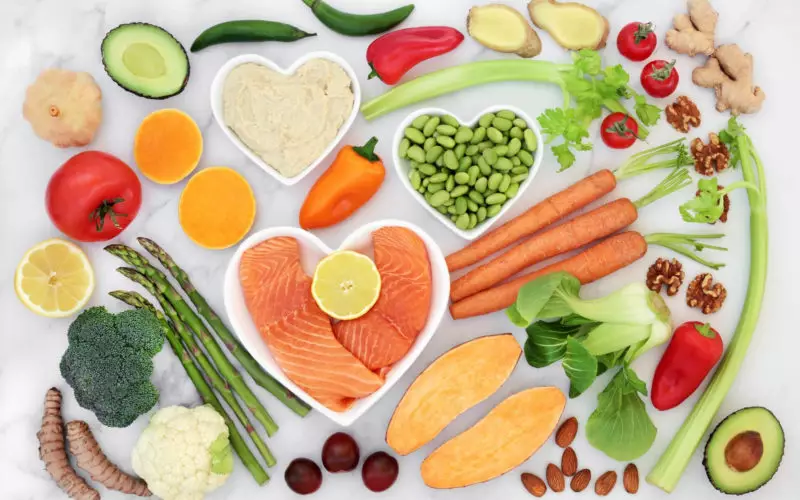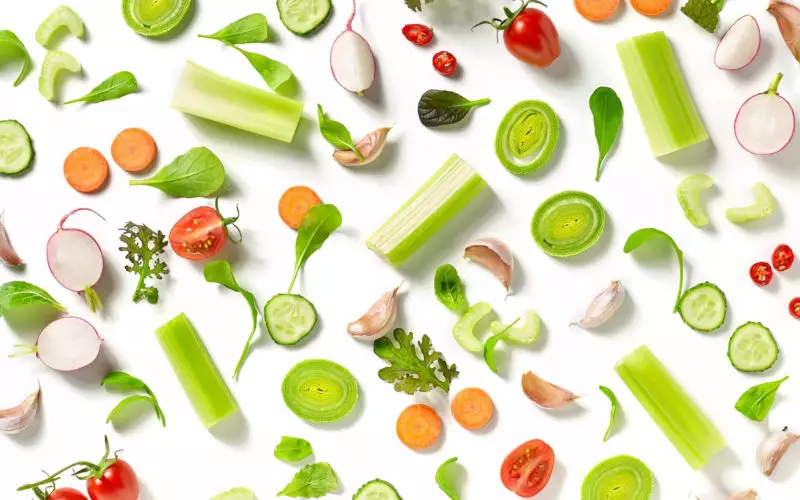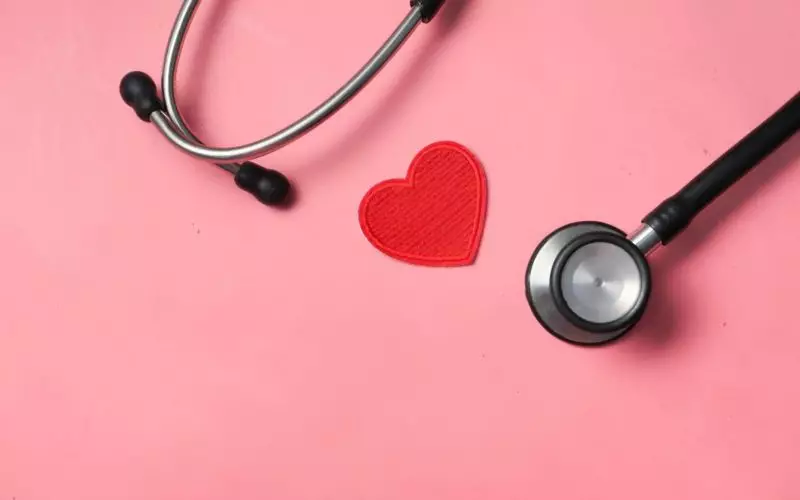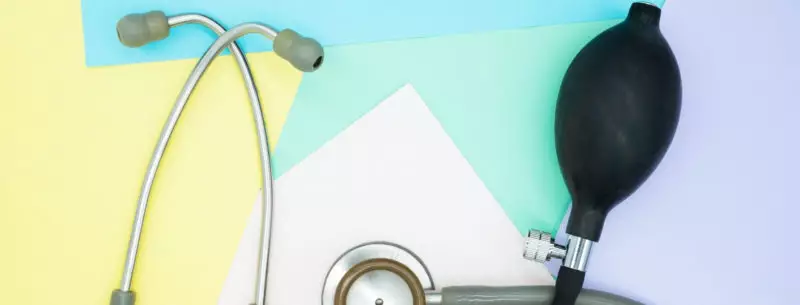
High blood pressure, or “hypertension” is very common. The World Health Organization estimates that hypertension is responsible for 7.5 million deaths worldwide each year. [1] About 30% of people in the United States have high blood pressure. [2]
Diet and lifestyle play a big role in controlling both diastolic and systolic blood pressure. In fact, many people are able to avoid or stop taking blood pressure medication by making healthy diet choices. But, what can you do to lower blood pressure without medication?
Let’s dive in.
What is a Healthy Blood Pressure?
Firstly, what is a healthy blood pressure in the first place? The American Heart Association defines a healthy blood pressure as 120/80 mmHg.
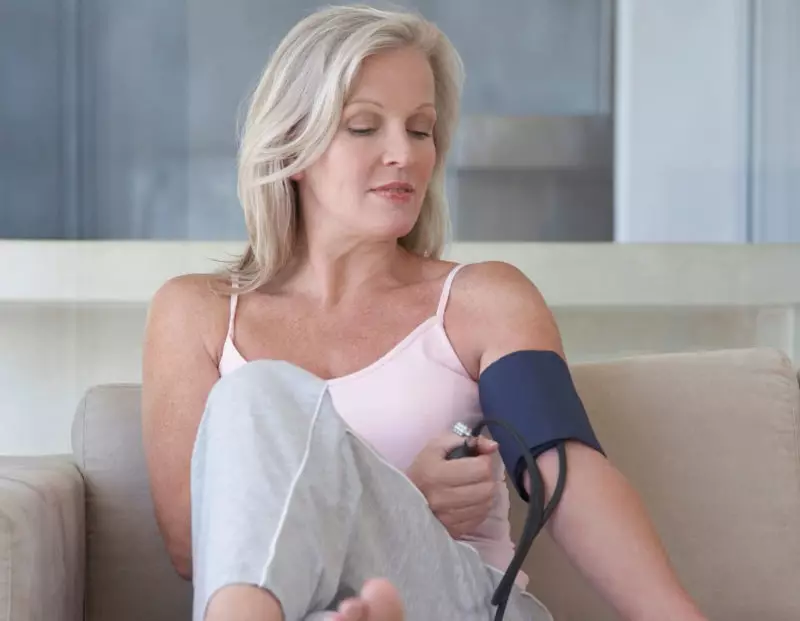
When is Blood Pressure Too High
If your blood pressure is consistently above 120/80, your doctor may diagnose you with high blood pressure, or “hypertension”.
Consequences of High Blood Pressure
High blood pressure can impact many parts of our body. Most notably, high blood pressure can cause: [3]
- Heart Disease
- Kidney Disease
- Stroke
- Vision Loss
- Sexual Dysfunction
How to Lower Diastolic Blood Pressure
Of course, high blood pressure medications can lower blood pressure. High blood pressure medications are often the first defense against high blood pressure.
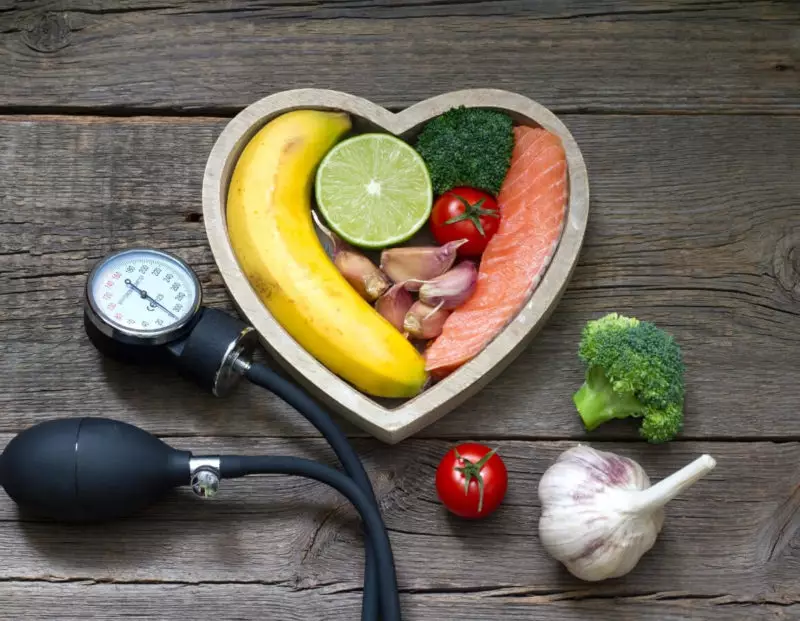
DASH Diet
The Dietary Approaches to Stop Hypertension (DASH) diet is the most effective way to reduce blood pressure.
The DASH diet includes:
- 6-8 servings whole grains per day
- 4-5 servings of vegetables per day
- 4-5 servings of fruit per day
- 2-3 servings of low-fat dairy per day
- 2 servings of lean meat, poultry or fish per day
- 4-5 servings of nuts or seeds per week
- 2-3 servings of heart healthy oils per day
- No more than 5 servings of sweets per week
Avoid Eating Too Much Salt
Being very careful to limit how much salt you eat is key to controlling your blood pressure. Aim for no more 1,500 – 2,300mg of sodium per day.[5]
The vast majority of the salt we eat is already in the food we eat. Although it is important to avoid adding lots of salt to your food with salt and salt-containing seasonings, the first step to following a low sodium diet is choosing foods that are low in salt in the first place.
- Foods that are minimally processed tend to be lowest in sodium.
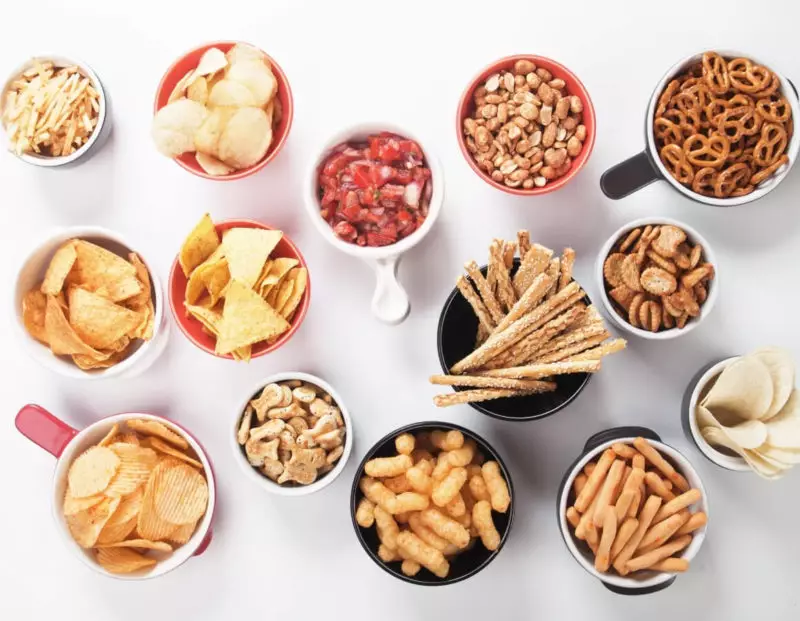
Common high sodium foods to avoid:
- Deli or luncheon meats
- Bacon, sausage, salami and bologna
- Ketchup, salad dressing, and BBQ sauce
- Soy, hoisin or other Asian sauces
- Canned or commercially prepared soups
- Frozen prepared foods
- Deep fried, breaded foods
- Canned vegetables
- Food from restaurants
Control Your Stress
Stress in our lives can have a big impact on our health – blood pressure included. Although some stress is inevitable, it can be very helpful to take steps daily to control stress as much as you can.
Move Your Body Everyday!
Regular physical activity is important to control your blood pressure. Try to exercise at least 30 minutes every day.




